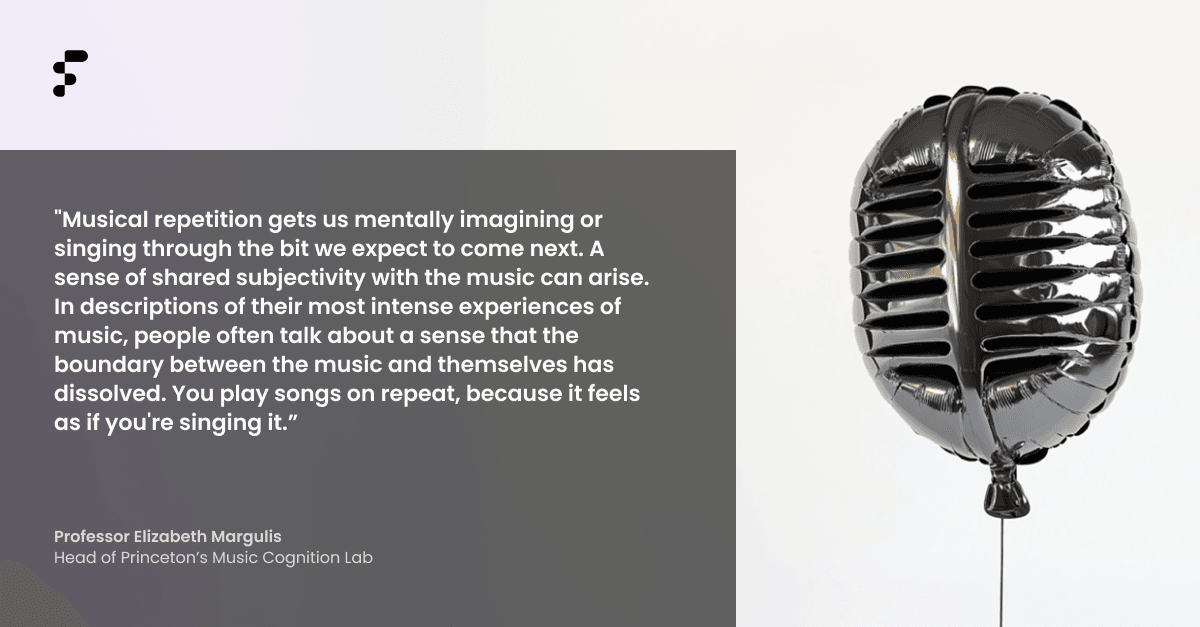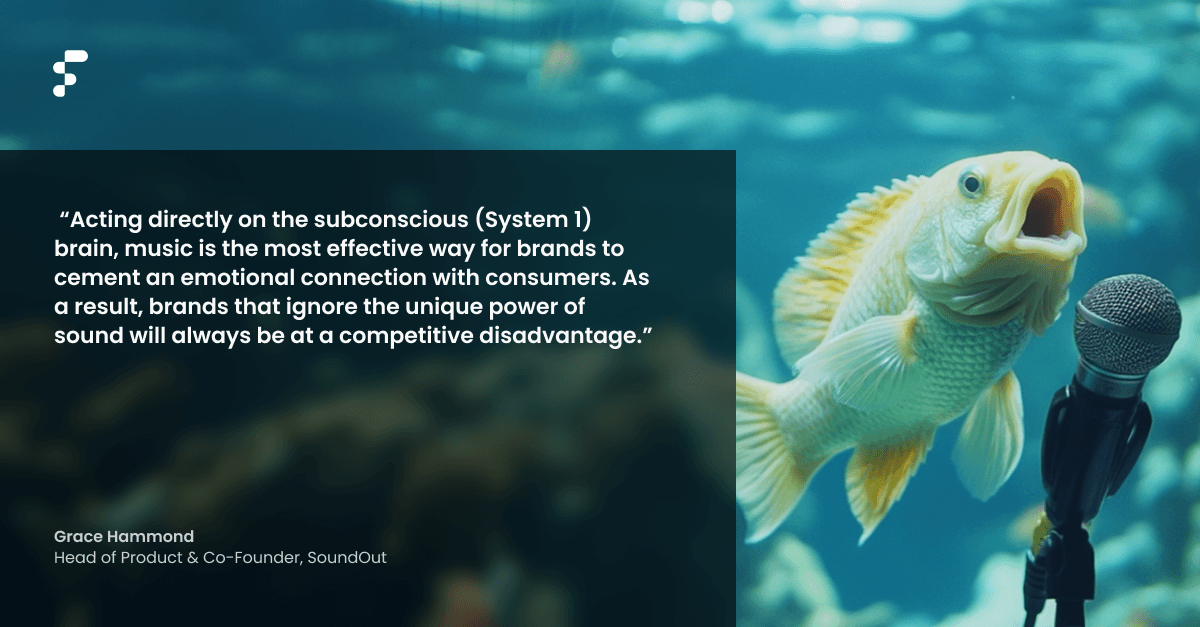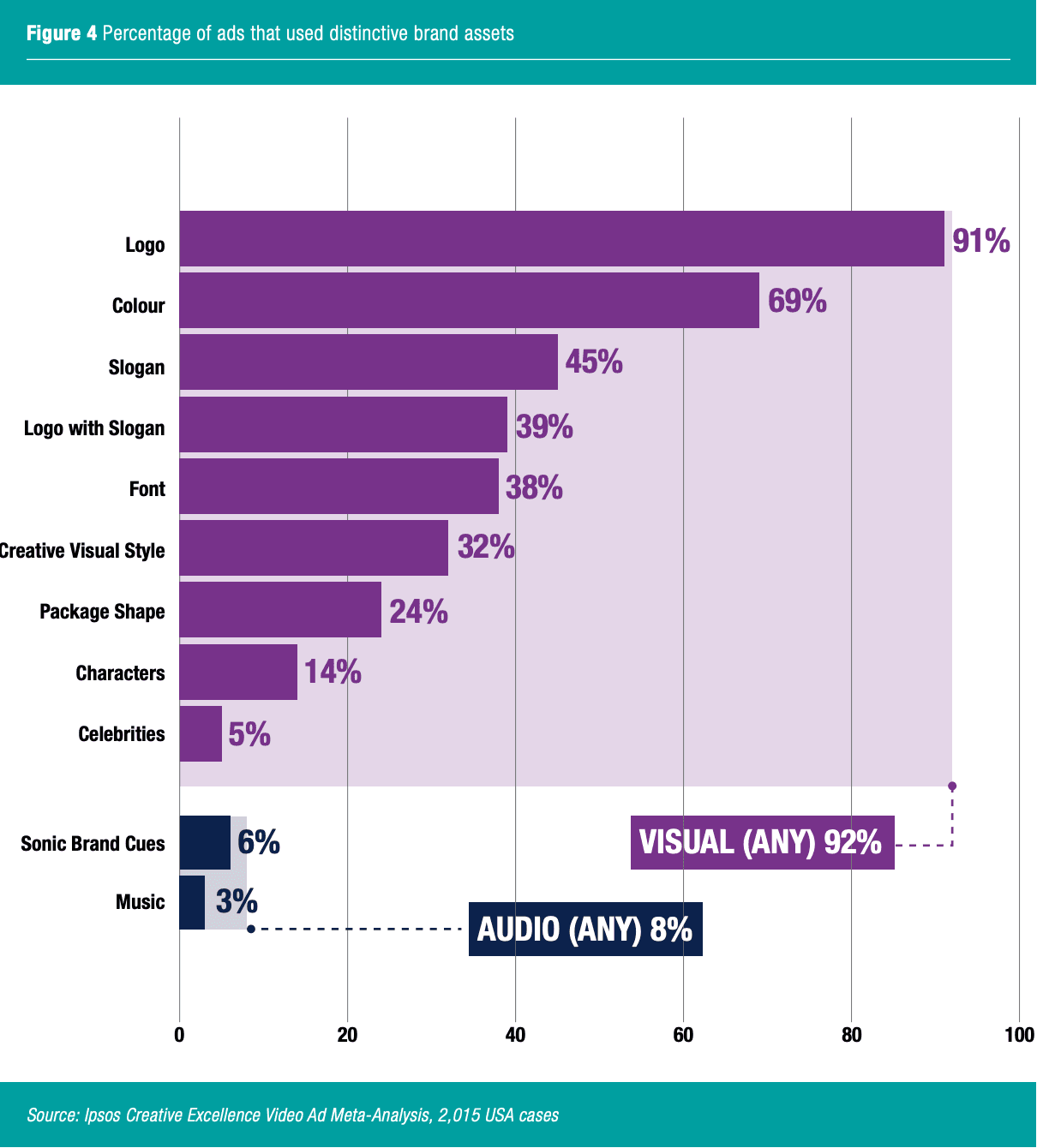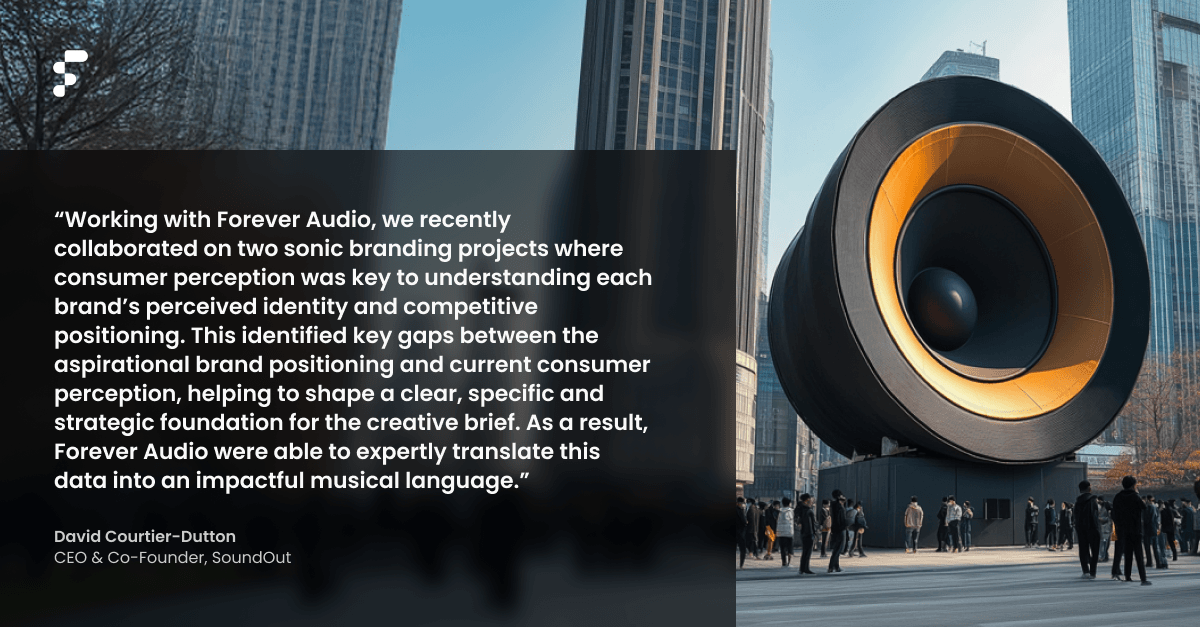
Sonic Branding
Maximising Gen-Z reach through effective sonic branding
26 March 2025
According to Spotify research Gen Z are the fastest-growing cohort in music and podcast listening, and they are far more likely to trust ads if they hear them on Spotify (44%) rather than see them on social media (21%).1
Audio runs deep emotionally for this generation. Four in five Gen Z consider their audio listening habits to be a way to either express, or explore their personalities.2 Spotify’s annual Culture Next Report in 2024 reveals that 65% of Gen Z find audio helps them experience a situation more deeply.
Audio is only going in one direction, and it matters profoundly to this generation. It’s also clear that research shows brands are still putting the value of audio and its ability to connect with the audience far down the list of priorities compared to other brand assets, and it’s a huge missed opportunity.
More than ever, brands need to create consistent audio messaging that connects with younger audiences to strengthen emotional bonds, whilst audio provides a profound opportunity to increase brand recall, and drive engagement, especially in Gen Z.
At Forever Audio, we understand the multitude of ways to unlock a brand’s sonic identity beyond just the sonic logo.

Sam Dillon – Global Head of Production, Jack Whitney – Head of Music, and Seb Juviler – Co-Founder & CEO discuss their experience in creating impactful sound for brands and the latest (often surprising) research into the neurological effects of a well-executed sonic brand. They also delve into why sonic branding resonates with younger generations and how Forever Audio collaborates with clients to develop new sonic identities. We also spoke to our research partners at SoundOut, who shared some valuable insights.
Authenticity and Emotional Connection Across Multiple Touchpoints
Sound has a profound effect on our limbic system, the brain’s centre for processing emotions and controlling memory - it literally "lights" up when our ears perceive music - so brands should use every element of a soundtrack as an opportunity to connect with their audience. The emotional processing, reward and pleasure centres plus the ability to integrate information from multiple senses is all heightened in younger people. This gives brands the opportunity to create increased positive associations and attract the attention of younger audiences through the use of sonic branding.
Gen Z is a generation that values organic content over forced messaging. So brands that incorporate sound in a way that feels personal and culturally relevant gain a competitive edge. The numerous audio touch points in a brand’s world provide different opportunities, that includes any use of music, collaborations with artists, a sonic logo, voiceover casting, in-app sounds and product sounds. Even algorithm-driven music playlists, dynamic ad targeting (such as in-car listening), headphone usage, 3D audio, and ASMR-style interactions—all these elements of sound play their part in contributing to a cohesive sonic identity.
Repetition and Deep Connection
We all listen to our favourite pieces of music throughout our lives hundreds of times over. Professor Elizabeth Margulis at Princeton University’s Music Cognition Lab, in her groundbreaking book, ‘On Repeat: How Music Plays the Mind’, draws on a diverse range of fields including music theory, psycholinguistics, neuroscience, and cognitive psychology to look at the underlying mechanisms associated with audio repetition. She explains that repetition is a fundamental aspect of music, shaping composition, performance, and listening experiences. Repetition influences perception and listener engagement, while it also has significant implications in language, learning, and communication.

When you’re familiar with a piece of music, the experience of anticipating the next note or sound is enriching because it feels like it’s coming from within us. That’s a profound human experience, and not something that visual elements are capable of doing. So brands should consider music and sound as a long-term fundamental part of a brand’s identity, with the potential for deeper emotional connection than virtually any other element of communication. When an effective level of recall has been built through consistency and repetition of a sound, even when attention is divided across multiple activities, a connection with your audience - especially a young audience - can be made in the briefest of moments.

Audio is a missed opportunity
A comprehensive study by Ipsos into brands use of assets found that just 3 and 6 percent of brands were consistent with music and what they call ‘Sonic Brand Cues’ respectively, compared to 91% and 69% of brands that are consistent with their logos and brand colours respectively!4 Broadly speaking brands are missing a huge opportunity to connect with their audience through the use of consistent audio assets.

Source: Ipsos, The Power of You
Crafting Sonic Identities: How We Work with Clients
Developing a strong sonic identity requires a structured and strategic approach. The first step is helping brands to fully understand the power of sound and its potential. Through interactive workshops and creative presentations we guide clients in identifying how sound can align with their brand, and how sonic branding can integrate into their marketing and consumer touch points. A key focus is to help brands recognise that their sonic identity is an integral part of their overall brand experience, one that deserves the same strategic attention and creativity as their visual branding.
Our workshops are often complemented by immersive audio experiences, allowing brand and marketing teams to hear and feel the impact of different sonic elements in real-world scenarios. We combine this with active listening exercises, encouraging brand teams to experience sound beyond passive consumption.
It's also important to acknowledge brands with strong existing sonic identities. Analysing and discussing these sonic strategies provides valuable insights into the impact and effectiveness of sonic branding.
We look at how brand values and attributes can be translated into musical and sonic themes, ensuring alignment with the brand's established personality and market positioning. We also help bridge the gap between visual and sonic branding, identifying how sonic branding can complement existing branded visual elements, such as an animated logo, ensuring a seamless and consistent brand expression across all channels.
During the early stages of a sonic branding project, we always highly recommend partnering with independent research specialists, such as SoundOut, for a deeper level of brand insight. Their science-based approach and detailed feedback across some of our recent projects have been invaluable to developing successful sonic identities for our clients.
Understanding your audience and your market positioning from a consumer perspective is a vital step when creating a sonic branding brief.

All of our research, workshops, and education on sonic branding work together to help shape a strong, clear brief, ensuring every sonic element aligns with the brand's identity and strategic goals.
The Future is Audio
Sonic branding is not just an accessory to visual identity - it is a powerful tool for differentiation, memorability, and emotional engagement and especially effective for Gen Z audiences. The strategic use of sound can significantly enhance brand perception and consumer loyalty. The rise of audio consumption presents brands with a golden opportunity to connect with younger generations on a deeper level than ever before.
According to SoundOut’s latest research, the top 10 performing sonic brands increased brand attribution by an average of 22% over the past 2 years.3
In a world where attention is scarce, sound is an invaluable asset. Brands that recognise and harness the power of sound today will be rewarded for their investment.
Our teams in the UK and the US have been creating successful audio strategies for brands for well over a decade, building and investing in the talent and technology needed to amplify brands and captivate audiences with great sound, in every form.
Let’s work together to create something extraordinary.
Sources
1 Spotify’s Culture Next Report 2024
2 Statista, Gen Z feelings towards audio consumption
3 SoundOut
Fancy a chat? Email us and one of the team will be in touch to discuss how we can create some audio advertising, tailored to your needs.